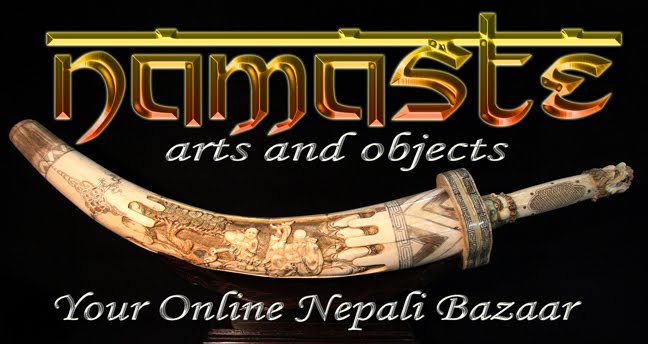
Namaste! Many people in South and Southeast Asia greet each other with "Namaste" to start the day. It is a Sanskrit word (नमस्ते, Hindustani pronunciation: [nʌmʌsˈteː], from external Sandhi between namaḥ astu and te)which means, Bow to God, and usually accompanied by the hand gesture, Añjali Mudrā.
Namaste is also the name of the small shop inside Porta Vaga along Session Road in Baguio City, Philippines which is the only Nepalese-Tibetan store in the country. It is owned by Alice Shakya who also owns, with his wife, the biggest bazaar in Kathmandu.
This blog attempts to bring you Namaste, the store, to you. So once again, Namaste.















